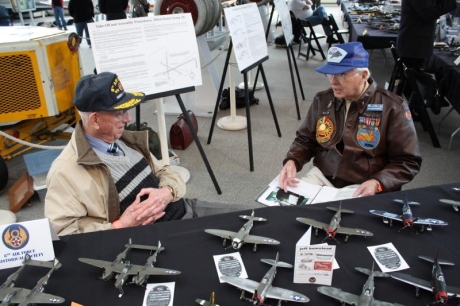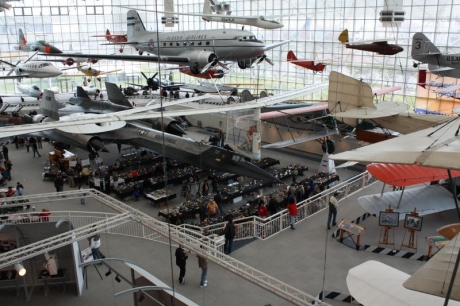It’s always rough when you immediate modeling community loses a member, but it’s really tough when it’s someone like Tom Harrison. Tom passed away yesterday after a short battle with what must have been a fairly aggressive form of lung cancer; most of us learned about it only last Thursday, we had a moment for Tom on Friday at the Silicon Valley Scale Modelers meeting, and then yesterday Bert McDowell passed on the sad news that Tom was gone.
Tom was the Tom in Tom’s Modelworks, which, along with Cooper Details, was one of the two true pioneering San Francisco Bay Area model companies. Tom’s Modelworks brought out vacuformed kits of then-obscure WWI aircraft, but Tom’s company really hit its stride when they began to focus on ships, probably achieving their zenith with the 1:350 Yorktown-class in 1998. The company’s other memorable kits included the 1:700 Bogue-class CVE and the 1:350 and 1:700 Liberty Ships U.S.S. Jeremiah O’Brien. In cahoots with Bert McDowell, Tom’s fellow employee at Western Electric, Tom did a lot to bring resin kits and photoetched parts to a broader audience. The Bogue kit was perhaps the first complete modern kit, with all the detailing stuff usually provided by the aftermarket included in the box. They also did a lot of aftermarket things for planes and ships, especially great brass parts.
Tom was active in the club, sponsoring make-and-takes and the odd club contest. He was a generous donor to our Veterans Administration Hospital model drive, and we were quite pleased to present him with the Tim Curtis Memorial Award for service to the club last year:

When I announced the award, he was back at his vendor table, chatting with someone, and he totally missed his name. A chorus of people finally got his attention, and he was shocked to have been recognized as such an important member of the club – which was in keeping with his character.
Tom did a lot for his hobby and for his friends in the club. We’ll all miss him a great deal.





